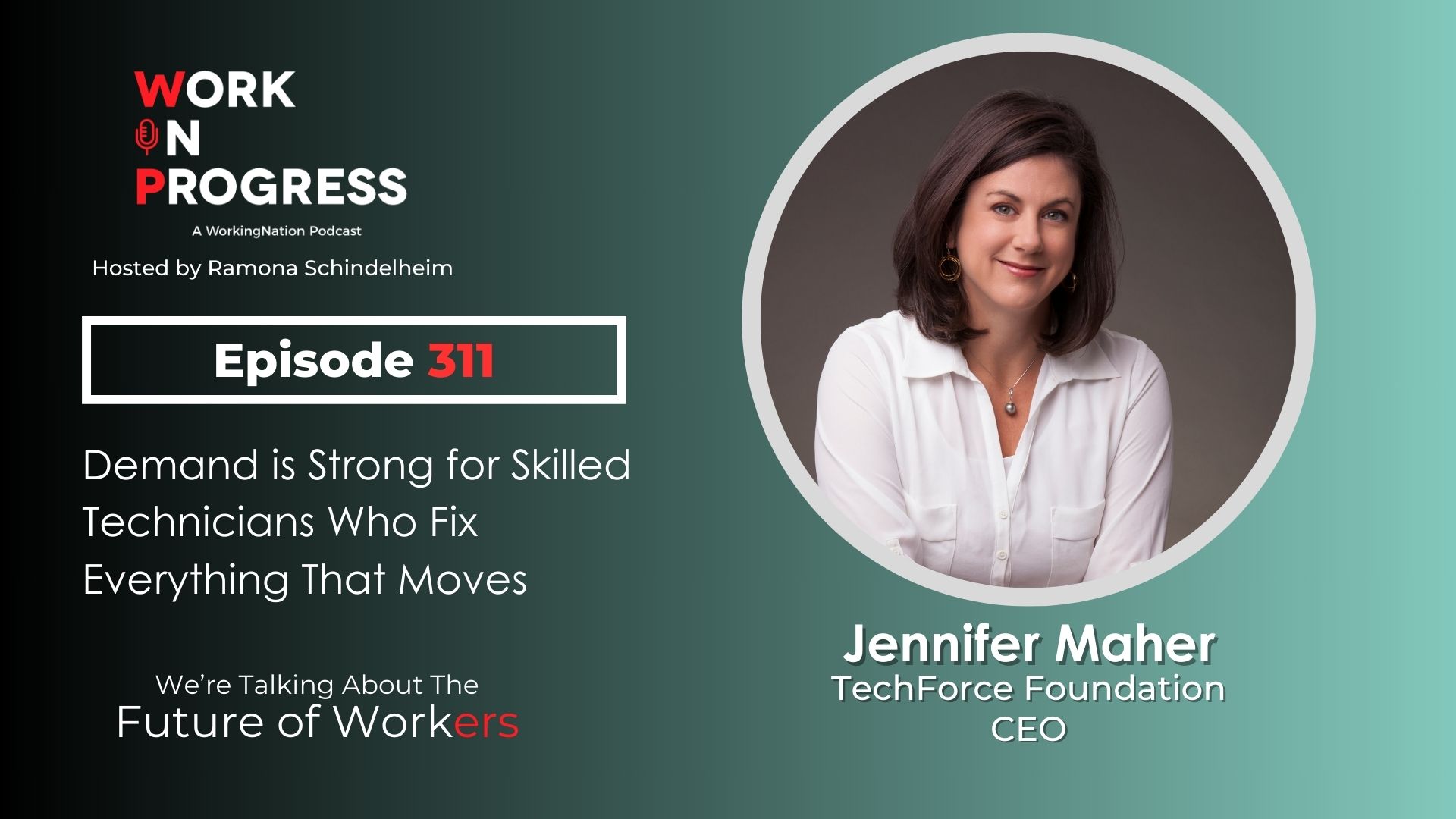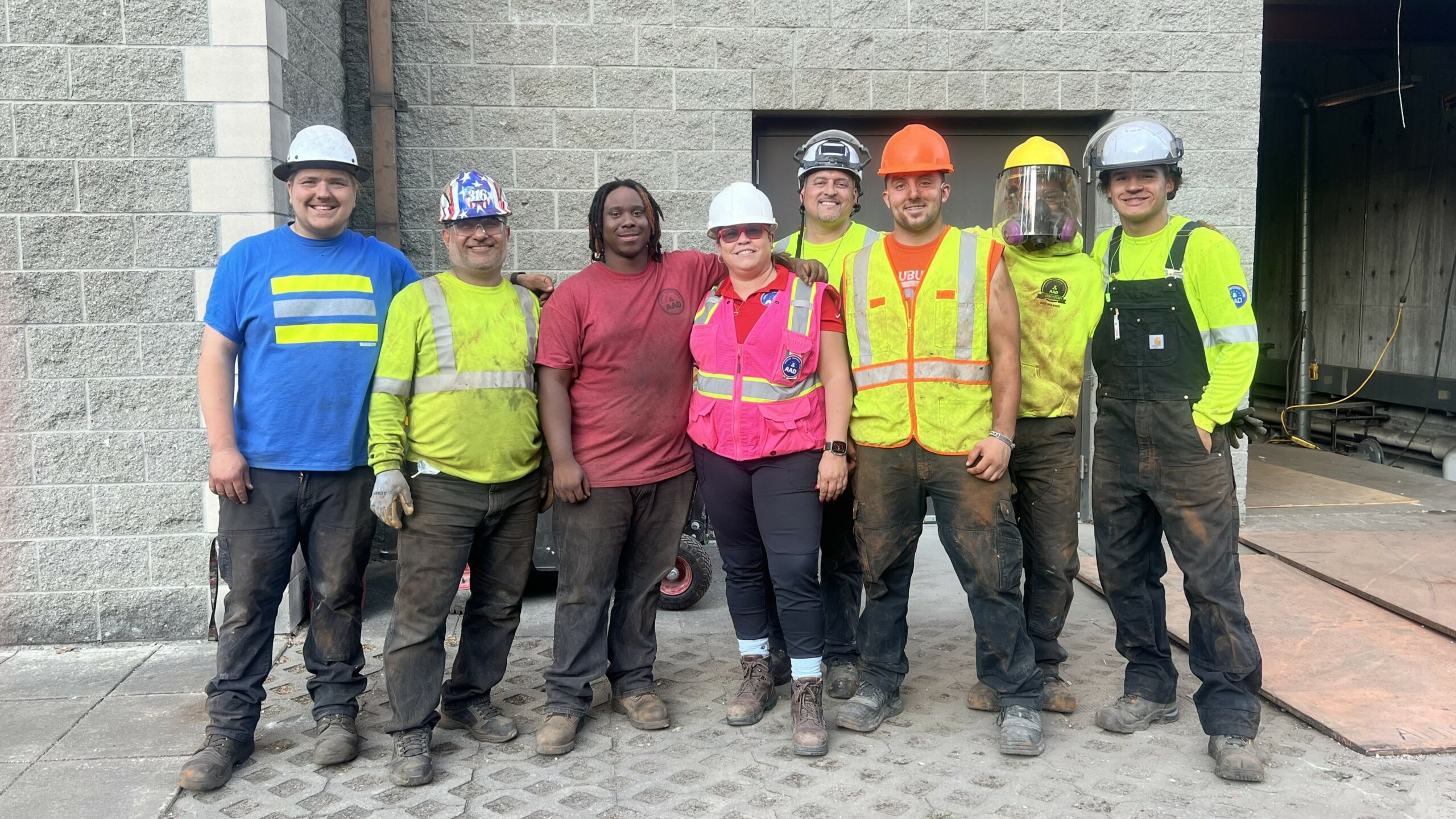In 2021, 67% of the nearly 32,000 U.S. STEM doctorate recipients were white, according to the National Science Foundation.
Of the remaining graduates getting Ph.D.s, 10% were Asian, 9% were Hispanic, 8% were Black, 3% identified as more than one race, and 3% were either American Indian or Alaska Native or Native Hawaiian or other Pacific Islander or they did not report their race or ethnicity.
To diversify the student body pursuing doctoral degrees, Johns Hopkins University has launched a new scholarship program that recruits graduates from historically Black colleges and universities (HBCUs) and minority serving institutions (MSIs).
The Vivien Thomas Scholars Initiative (VTSI) focuses on STEM fields and kicked off this past fall with its first cohort of 20 students. “We see the STEM workforce is not fully reflective of the society that it seeks to support,” says Damani Piggott, M.D., Ph.D., director of the VTSI.
“For us to be able to address all of the challenges we face in STEM, we really need everyone at the table and need to capture the full creativity, the full excellence, the full innovation that exists across every single corner of society and bring that in,” he adds.
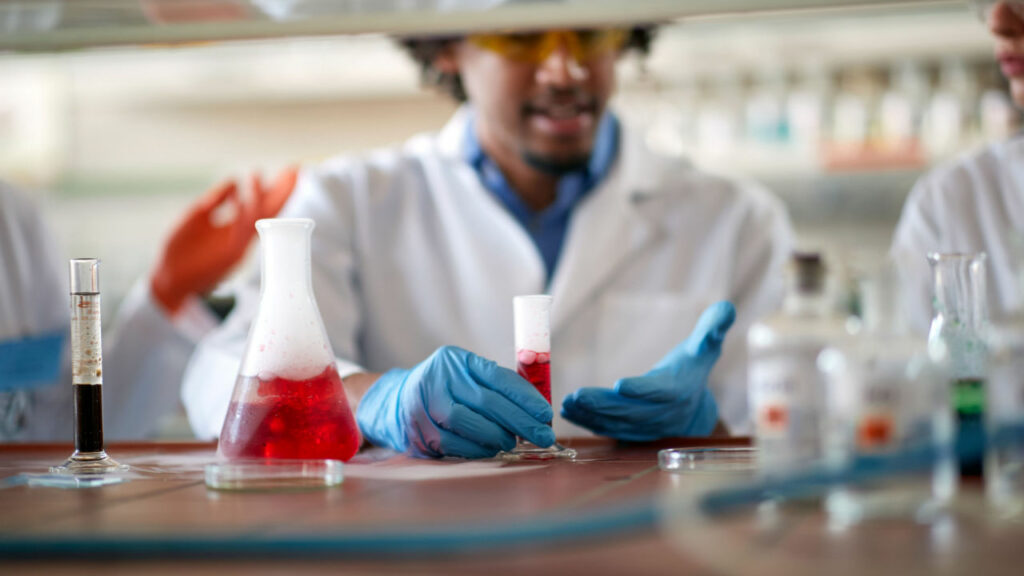
‘Remarkable leadership in different ways…’
Candidates apply to Johns Hopkins’ STEM Ph.D. program and if they are graduating from an HBCU or MSI, they can ask to be considered for the VTSI. A supplemental application includes four short essay questions about their interest.
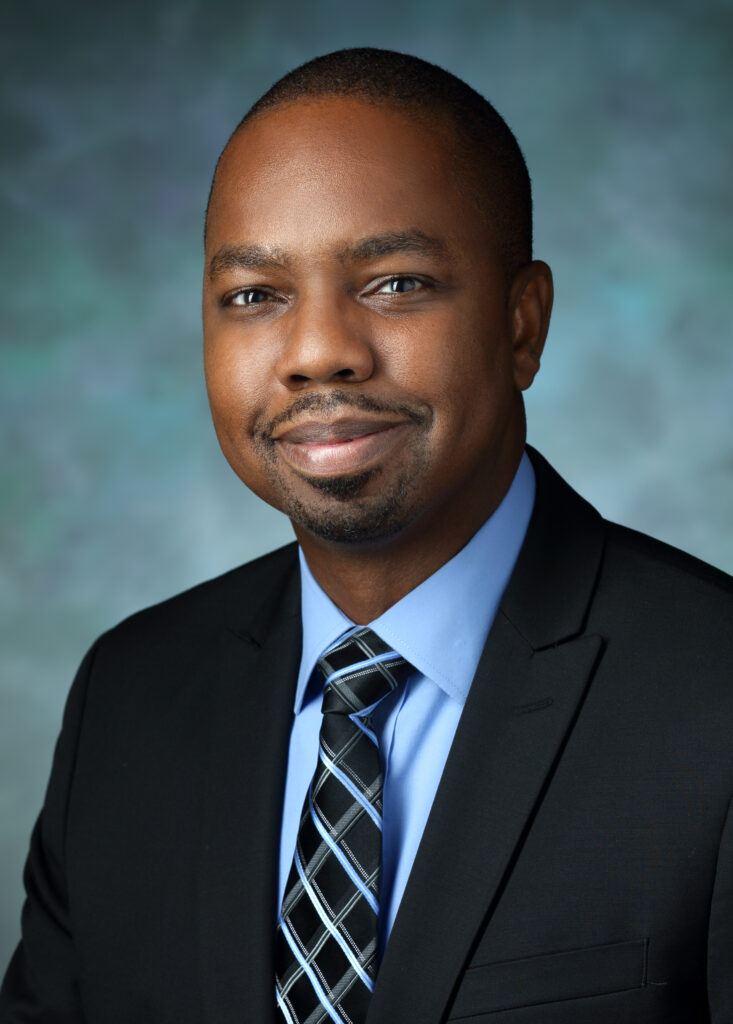
Those chosen, receive financial support with six years of tuition and a stipend, health insurance, and benefits, as well as mentorship and professional development, supported by $150 million from Bloomberg Philanthropies.
At Johns Hopkins, 11% of STEM graduate students come from historically underrepresented minorities, according to a university spokesperson.
The first cohort includes graduates from nine universities.
Piggott describes the wide spectrum of the inaugural VTSI scholars which includes leaders in chemistry, biology or science clubs, as well as student government representatives, STEM mentors at primary and high schools, and more.
“I feel honored and privileged to share a piece of this journey with them. This is really a group of folks on the human level who have remarkable leadership in different ways,” Piggott says.
Part of the initiative includes a fellowship program that will bring HBCU and MSI students to JHU every summer for research and fellowship experiences. As for the Ph.D. candidates, 100 students will be selected over time – with 20 scholars per cohort each year.
Passionate About Research and Its Impact on Human Health
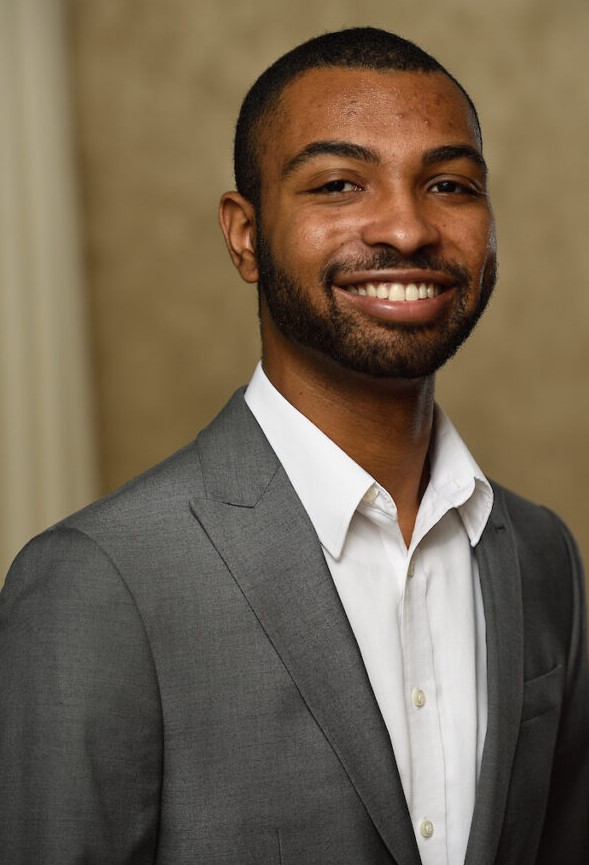
VTSI scholar David Horsey is pursuing his Ph.D. in biochemistry cellular and molecular biology with a focus on genetics. He graduated from the University of Maryland, Baltimore County.
“I am interested in genetics research because how the cell talks to itself can tell us much about a great number of health outcomes. There is so much left to discover,” says Horsey.
“In particular, I want to better understand the molecular mechanisms behind how the genetic code interacts with the environment to impact the likelihood of developing diseases including cancers.”
He adds, “I hope this research can help scientists mitigate disease, but also that it will inform public policy that helps build more sustainable communities that decrease our risk of disease more broadly,”
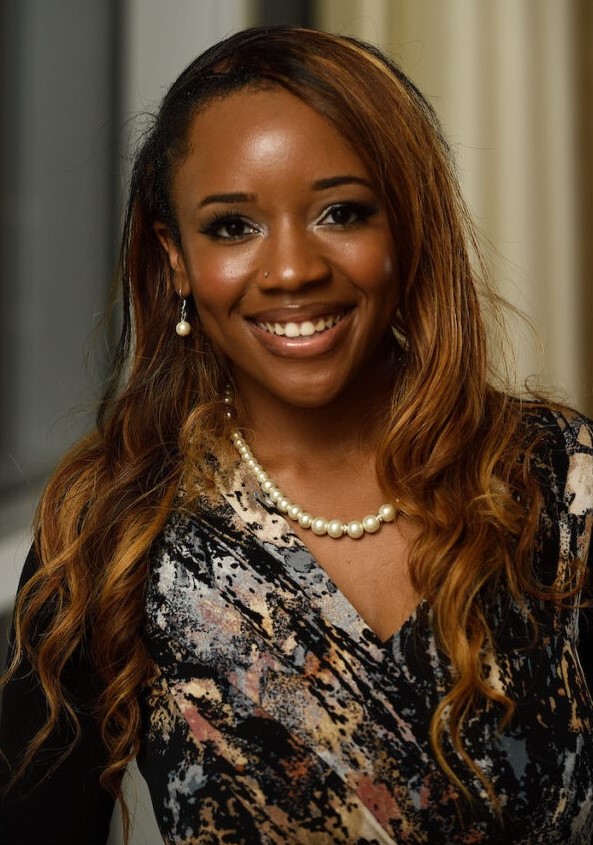
Sierra Williams-McLeod joins the first cohort from Hampton University, where she graduated with a B.S. in biochemistry. Her doctoral program is in cellular and molecular medicine with a neurobiology focus.
“I’m passionate about translational research, converting knowledge gained from basic scientific research, and applying it in a manner that directly impacts human health,” says Williams-McLeod.
“I have always been interested in the complex nature of the brain, from emotion and cognition to neurodegenerative disease. There is a world of discovery waiting to happen,” she adds.
“Through fostering an inclusive and diverse environment while providing trainees with guided mentorship, I envision this program igniting a positive change in the research community at Johns Hopkins and beyond.”
“Being a Vivien Thomas Scholar means walking in the footsteps of legends while paving a path for future generations of scholars to come,” says Williams-McLeod.
Scholarship Program Named for Pioneer Scientist
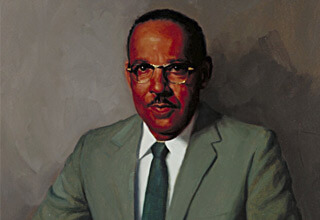
The new initiative’s namesake, Vivien Thomas, was a Black man who was forced to change his career path while studying pre-med during the Great Depression.
He eventually landed at Johns Hopkins as a researcher and developed the shunt that treats blue baby syndrome, a condition in which an infant does not have enough oxygen in their blood and the skin turns blue.
Thomas is credited with expanding the world of heart surgery, training surgeons and scientists without having an official physician degree. Johns Hopkins University granted Thomas an honorary doctorate in law. He was a surgery instructor in JHU’s School of Medicine and taught until his death in 1985.
“We know there are many Vivien Thomases in our society whose tremendous wealth of talent is available to nurture and connect into STEM, and possess tremendous leadership and potential to really have the capacity to elevate STEM enterprises – academic, corporate, etc. That’s what we stand on, the shoulders of Vivien Thomas and all that he represents,” says Piggott.
He adds, “We come to this with full humility. These scholars lift us up. Their individual trajectories and stories of advocacy and passion they bring will synergize in full form in just exceptional ways to advance science. The light that shines within each of these folks will completely shine very bright. The future is very bright because of what they will be doing in joined form together, to carry society in the highest of heights.”
Vivien Thomas Scholars Initiative
No Description




